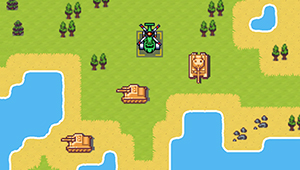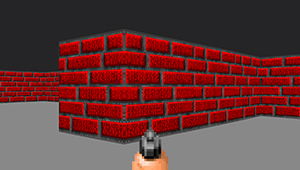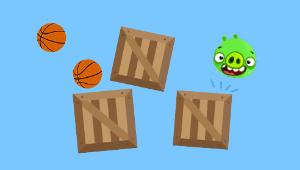- 38 hours on-demand video content
- Lifetime access
- Live meetup
- Downloadable resources and exercises
- Certificate on completion
- Access on mobile and desktop
- Secure checkout via Credit Card or PayPal
- 14-day money back guarantee
- Last updated April 2025
3D Computer Graphics Programming
Learn all the theory and the math behind 3D graphics while creating a software renderer from scratch using the C programming language.
$99.99
ENROLL NOW FREE PREVIEW
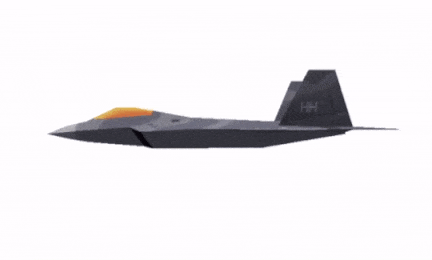
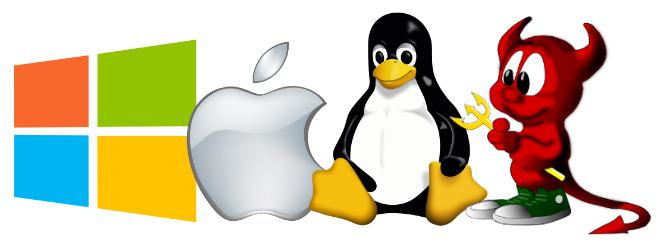
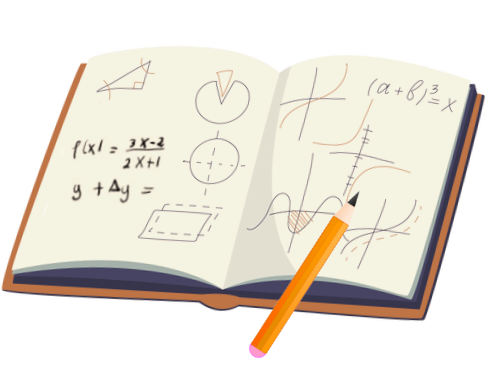
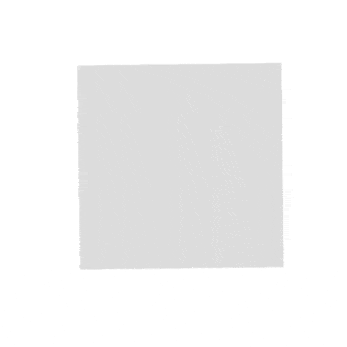

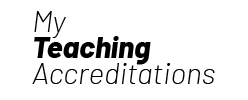
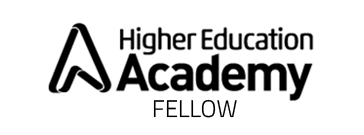
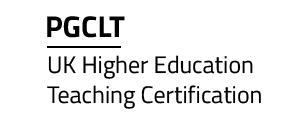

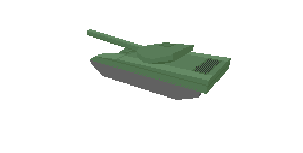
 We don't offer discounts on our courses. Ever.
We don't offer discounts on our courses. Ever.


